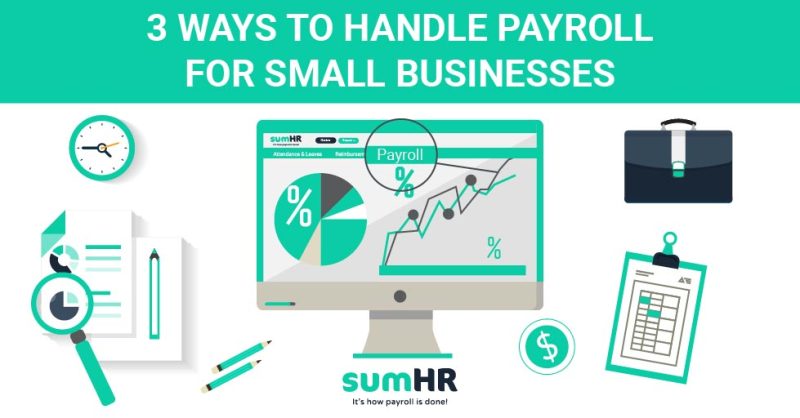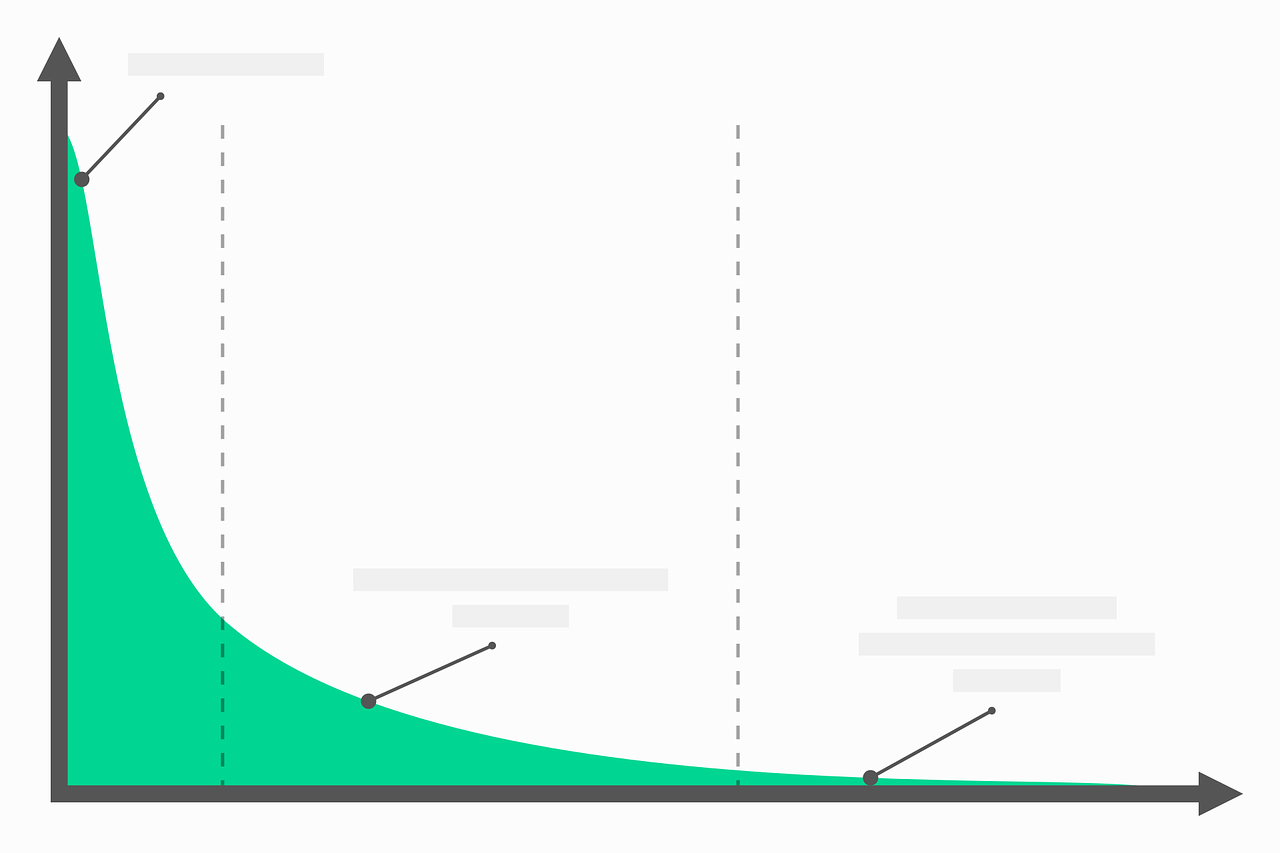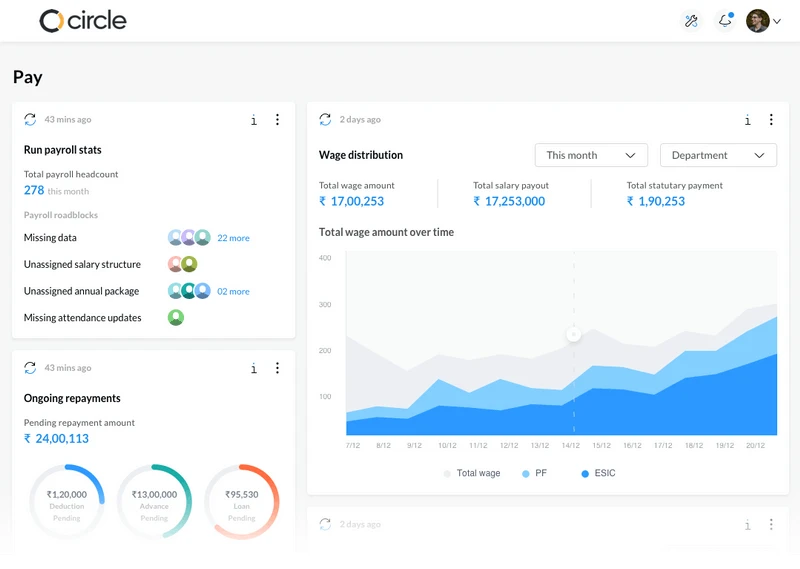Startups have a lot on their mind apart from payroll management. So, finding a viable solution for payroll processing might be challenging.
Employers might prioritize hiring workers and onboarding above payment. However, they will have to eventually pay their employees for their services.
Every small business will be presented with a choice on how to go about this crucial process. Depending on costs, features or other factors, companies will choose from the following options.
- Manual processing
- Hiring accountants
- Using a payroll management software
No matter how your team plans to go about payroll, it is necessary to make an informed decision.
Payroll is a large responsibility for small companies and takes up a lot of their energy. So, let us understand what payroll management is and how it can be simplified for employers and employees alike.
What is Payroll Management?
Payroll Management refers to the process of managing the financial records of a company’s employees. It consists of employees’ details like salaries, incentives, bonuses, deductions, and net pay.
An employer must track the payroll taxes and maintain these records with accuracy, as dictated by the law. If employers fail to comply with the Income Tax laws related to employee records or delay their payroll tax filing, they can be subject to legal penalties and fines.
There are multiple methods through which a small business can run payroll.
Manual Payroll Management:
For a business of fewer than 10 people, payroll management isn’t that big an issue. You can manually calculate paystubs and taxes, assuming that you know all the deductions and withholdings.
Whether you’re deducting PF or leaves, getting the accurate amount of money to be deducted every time is critical. Subtracting payroll tax payments incorrectly could lead to some serious issues.
But, the basics of payroll management has been made available online, through blogs or youtube videos, all you need to do is look for the right tools.
Here are a couple of blogs to help you understand payroll.
1) A complete guide to payroll for SME
2) Benefits of Payroll Software
3) In Housing vs Outsourcing Payroll

When calculating manually, using a calculator or an excel sheet to have total control over everything that goes on.
One of the main disadvantages of handling payroll options on your own is the liability that comes with it. Computing the salary payable using a calculator could lead to numerous payroll errors if not done with accuracy.
You could know how to operate a payroll solution for small business and all the deductions, but one incorrect amount can change the end result completely.
If you are a busy professional running a business, processing payroll alone can be extremely time-consuming. What could be done in one day with a payroll management software would take a few days if done manually. Hence choosing the right payroll provider would be an ideal solution for you.
Hiring Accountants:
Hiring an accountant would only mean delegating all responsibilities onto them. While they understand basic payroll applications, they would come at a cost of human error.
The process would probably still be slow as they’d be running it themselves. As there is not a lot of difference between manually running payroll or hiring an accountant, it’s better to choose online cloud-based payroll software for your business.

A comprehensive payroll setup is beneficial for the biggest of MNCs and the smallest of businesses. The only issue here could be finding the best payroll software for small businesses.
A payroll software would take care of minute details and save you the awkwardness of going back to basics with high school mathematics
Just like handling employee wages manually, you would still be in control of the process with online payroll services for small businesses.
An intuitive payroll service comes with the option of tracking all the leaves taken by an employee, adjust them with their leave balance, and deduct the rest based on their wages.
You can quit worrying about staying updated with the latest government policies or income tax deductions as the software will automatically update everything.
Based on the employee’s CTC, the system will also calculate the estimated TDS and income tax to be paid. These features also include integrations to complex payroll taxes as per every state’s regulations.
Opting for online payroll software would save an enormous amount of time and money every month. With only a few clicks, you can process payroll online for the entire company.
But you’d be surprised to find that such accounting software actually come at a very affordable cost. With only the learning curve being an issue, taking up only a couple of hours, payroll software is the best method of payroll management for small businesses.
Before we get into the steps of payroll processing, let us look at what features you must prioritize in a management system.
- It must generate automatic paystubs
- It must assist in tax form completion
- It must be compliant with the current government tax regulations
- It should easily integrate with in-house software
- It should have an employee self-service option
- It should have a direct deposit feature
Steps for Payroll Management for small businesses:

Once you have decided what payroll method is best for your organization, here’s what you need to do next
1. Collect Your Employee’s Documents
Once you’ve hired employees, you need to gather some important documents. These documents must answer questions about employee payroll history, their identification, and so on.
You’ll use the data to add the employees to your Human Resources Management System (HRMS) if you have one. And, it’s a good idea to store this information in a paper or electronic personnel file as well.
2. Calculate Hours Worked
Time tracking is as simple as having employees check-in and check-out as per their schedules on your platform.
Most companies start out with a simple timesheet. As they grow, they often move up to a time and attendance system to record employee hours
3. Calculate CTC
Calculating gross pay is as simple as adding up the time worked and multiplying it by the employee’s hourly rate. Then, add up the extra time worked in the payroll period and apply the employee’s overtime pay rate to those hours.
This type of accounting requires you to know in advance what deductions you’re going to make. Deductions include federal and state tax forms, employee benefits and things like retirement contributions, unemployment insurance or Social Security.
Once you have subtracted wage garnishments from the gross pay, you’ll have the net pay amount for each employee and be ready to pay them through direct deposit. The total is what each employee will receive on their check.
4. Document & Store Your Payroll Records
Payroll reports contain confidential information such as employee Social Security numbers. Alternatively, you can set up paper files, or upload documents to a document hosting service or your network.
Learning how to perform payroll management can be a tough task. You have to make sure your business is registered with all the right agencies, fill out forms for each employee all on a tight deadline.
The steps of payroll processing can be put into the above-mentioned simple points. Now, let us look at a few frequently asked questions.
Frequently Asked Questions (F.A.Q)

Once you have decided what payroll method is best for your organization, here’s what you need to do next
1. Collect Your Employee’s Documents
Once you’ve hired employees, you need to gather some important documents. These documents must answer questions about employee payroll history, their identification, and so on.
You’ll use the data to add the employees to your Human Resources Management System (HRMS) if you have one. And, it’s a good idea to store this information in a paper or electronic personnel file as well.
2. Calculate Hours Worked
Time tracking is as simple as having employees check-in and check-out as per their schedules on your platform.
Most companies start out with a simple timesheet. As they grow, they often move up to a time and attendance system to record employee hours
3. Calculate CTC
Calculating gross pay is as simple as adding up the time worked and multiplying it by the employee’s hourly rate. Then, add up the extra time worked in the payroll period and apply the employee’s overtime pay rate to those hours.
This type of accounting requires you to know in advance what deductions you’re going to make. Deductions include federal and state tax forms, employee benefits and things like retirement contributions, unemployment insurance or Social Security.
Once you have subtracted wage garnishments from the gross pay, you’ll have the net pay amount for each employee and be ready to pay them through direct deposit. The total is what each employee will receive on their check.
4. Document & Store Your Payroll Records
Payroll reports contain confidential information such as employee Social Security numbers. Alternatively, you can set up paper files, or upload documents to a document hosting service or your network.
Learning how to perform payroll management can be a tough task. You have to make sure your business is registered with all the right agencies, fill out forms for each employee all on a tight deadline.
The steps of payroll processing can be put into the above-mentioned simple points. Now, let us look at a few frequently asked questions.








